Craters of the Moon
Comprising 618 square miles of other-worldly lava-formed landscape, the Craters of the Moon National Monument is one of the strangest geographic areas in the entire country. Harsh, dry and largely barren, this craggily beautiful region has remained largely untouched by a humanity that never figured out a use for it. We visited one morning in late October, after a light layer of snow had covered the ground.
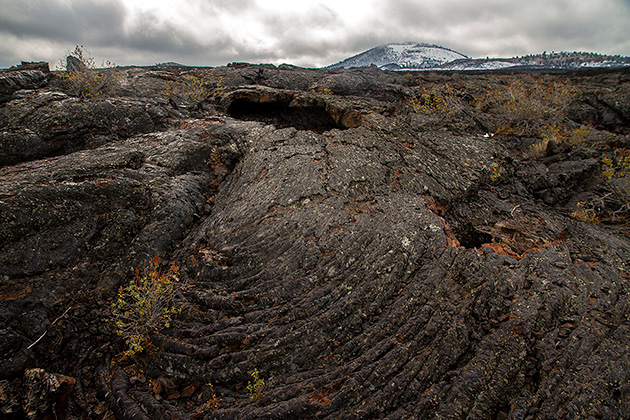
Instead of bursting out the top of mountain-sized volcanoes, the lava of Craters of the Moon seeped out of fissures and low-lying spatter cones. The volcanic activity only ceased around 2000 years ago, so the landscape is still rather young, and the fissures aren’t dead but merely dormant. Scientists expect them to become active again in the next 1000 years. Possibly even within the next hundred.
Although it’s open to the public, the vast majority of the Craters of the Moon is virtually inaccessible — settlers and Indians alike looped around this unforgiving land, and no roads transverse the black terrain. So if you want to get into the center, you’re looking at a long and difficult multi-day hike. Luckily, there’s a corner of the park which has been developed for touristic purposes, with a driving loop, and a number of short walks that introduce some of the lava fields’ best features.
After stopping by the visitor’s center and grabbing a map, we started our day with a two-mile walk to the Lava Tree Molds: a cluster of trees which had been incinerated by a boiling hot river of lava. As the lava cooled around the trunks, hollowed-out molds were formed, like the inverse of a tree. Snow had recently blanketed the ground, and the only other tracks on the trail were of deer and rabbit.
Next up was the Cave Area, where four caves formed by the lava flow are open to the adventurous. This was the section I had been most excited about — actual, explorable caves — and I had made sure to bring a flashlight so that we could spelunk into the furthest reaches. But these thrilling plans were dashed on discovering that our flashlight was out of batteries. Grrr!

So, we weren’t able to get far into the first three caves (Dewdrop, Boy Scout and Beauty Cave) but flashlights weren’t required to appreciate Indian Tunnel, which has abundant light from holes in its ceiling. The tunnel was formed during a geological event known as the Blue Dragon Flow, when a river of lava hollowed out the earth before receding into fissures opened in the crust. A very cool walk.
Our final stop of the day was at the Devil’s Orchard, where a short paved path winds through a field of cinder cones. Interpretive signs along the way detail the irreversible environmental damage done to the park by humankind. I get it, but such a tsk-tsking felt superfluous in a place like Craters of the Moon, which is almost completely inaccessible to even the most determined vandal.
Craters of the Moon was named before people made it into space, and it must have been a disappointment when it turned out that the moon’s surface doesn’t resemble this lava-scorched landscape much at all. But the name stuck. Accuracy aside, the area does look otherworldly, and is a must-see for any fan of nature’s bizarre side.
Location of the Visitor’s Center
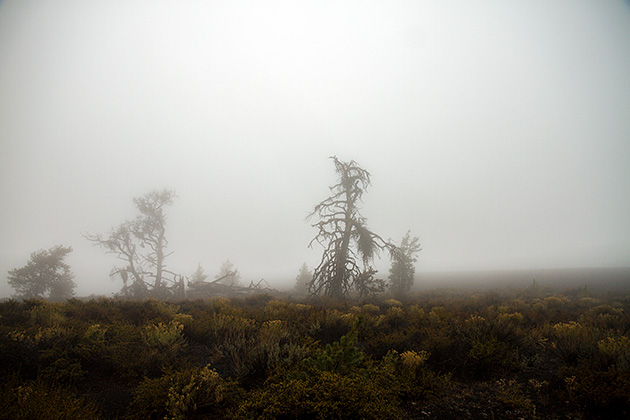


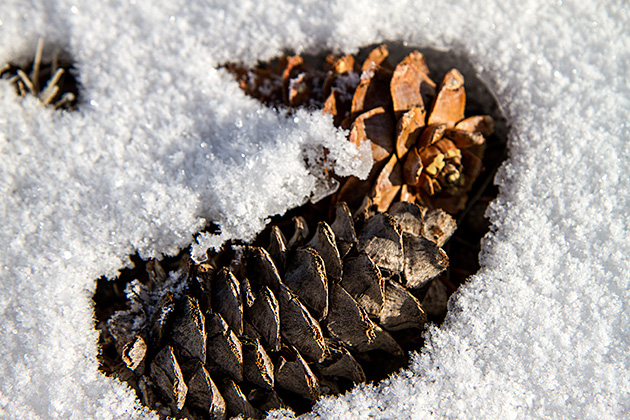
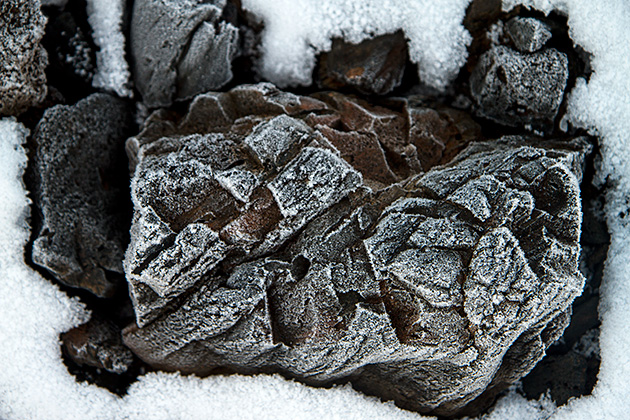
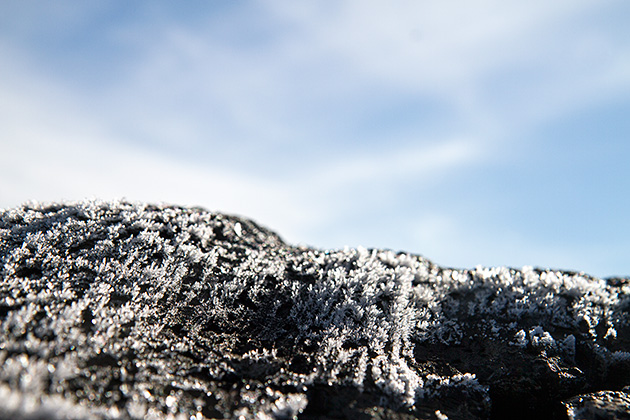
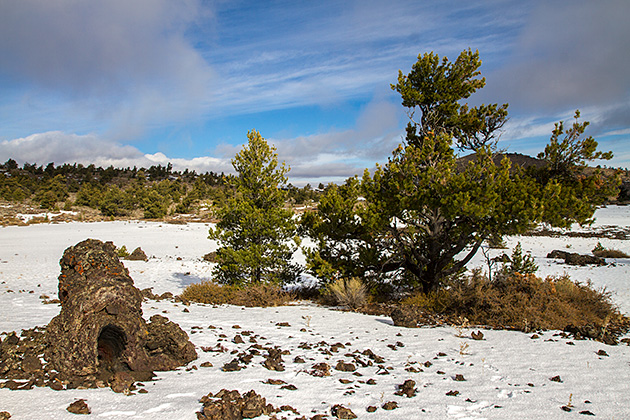
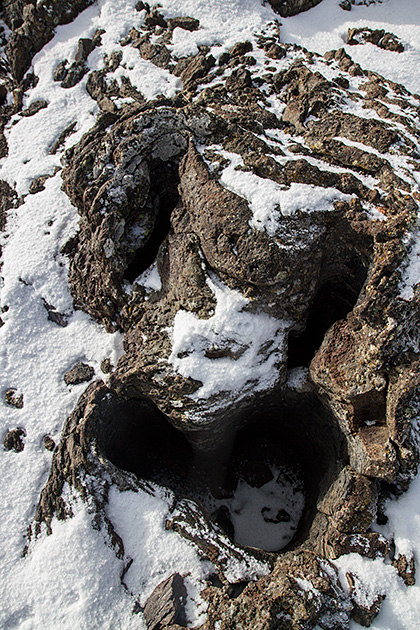
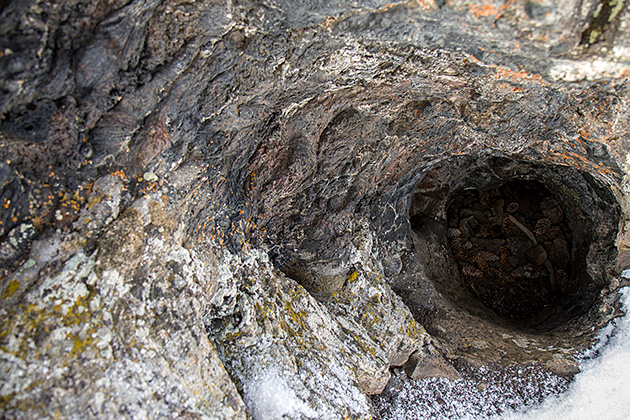
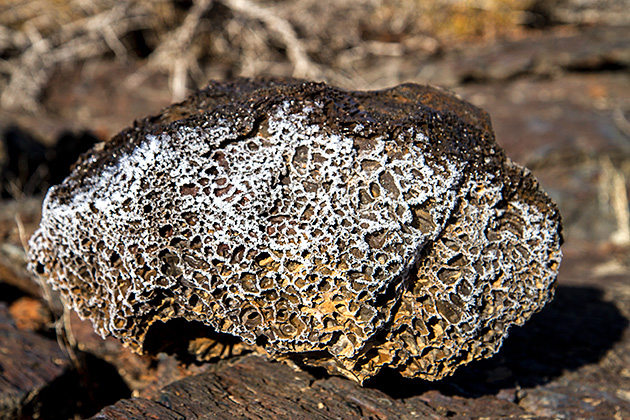
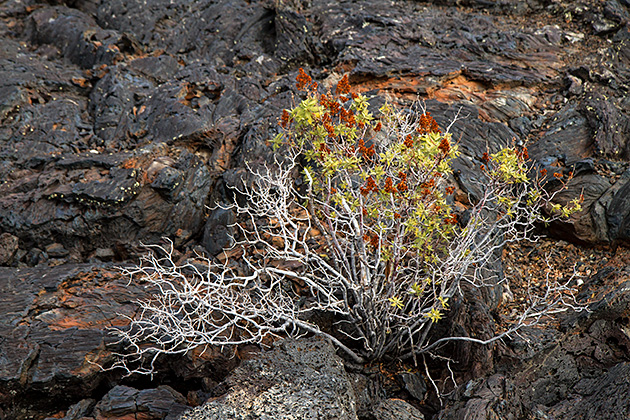
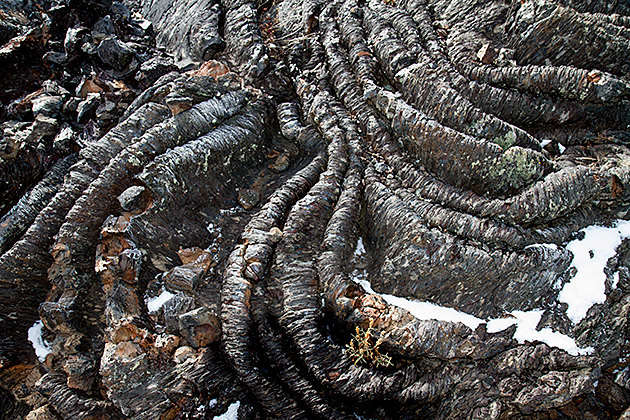
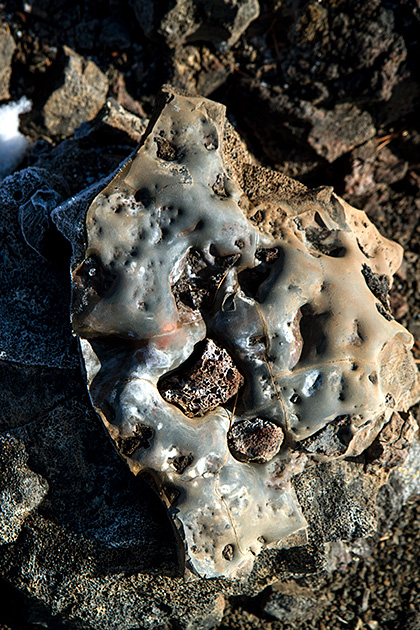
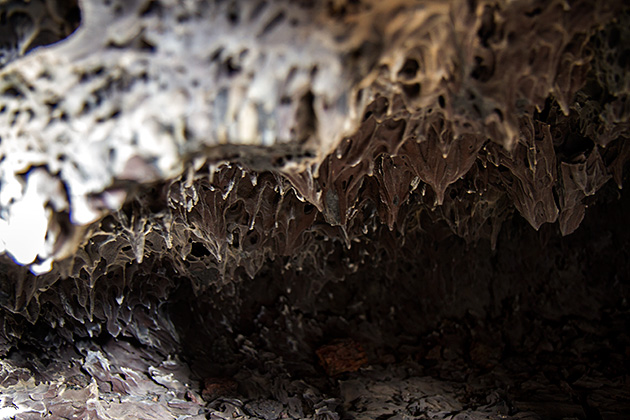
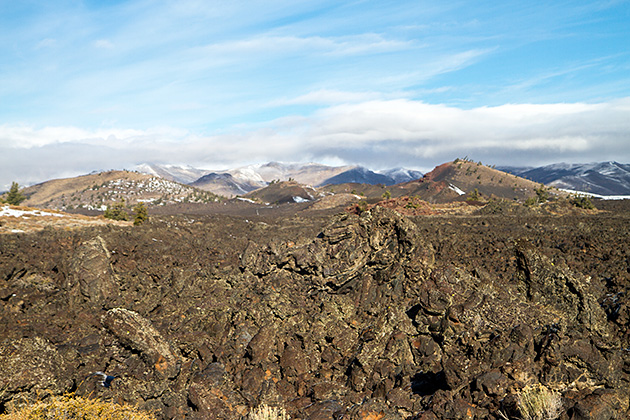
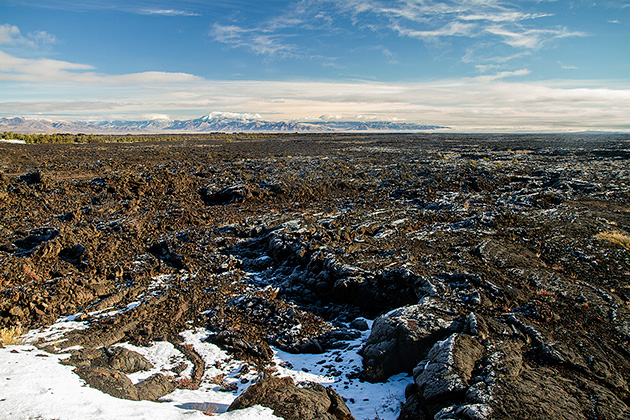
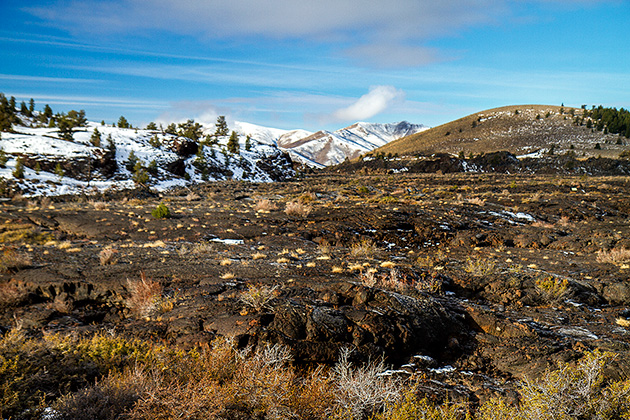

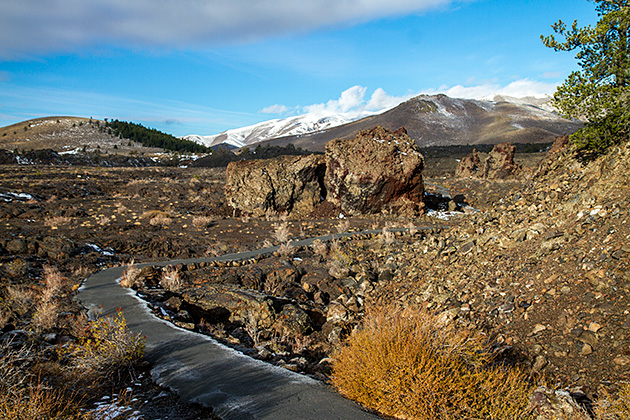

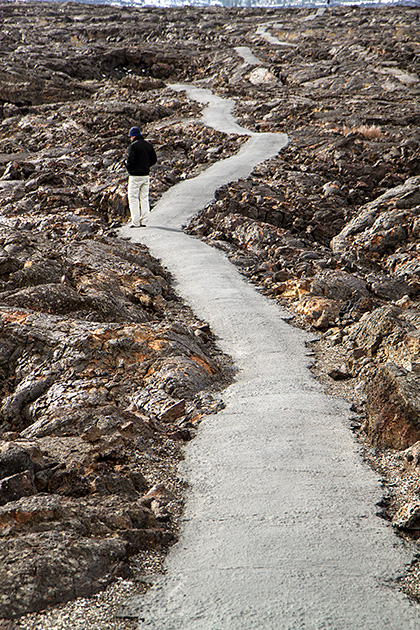
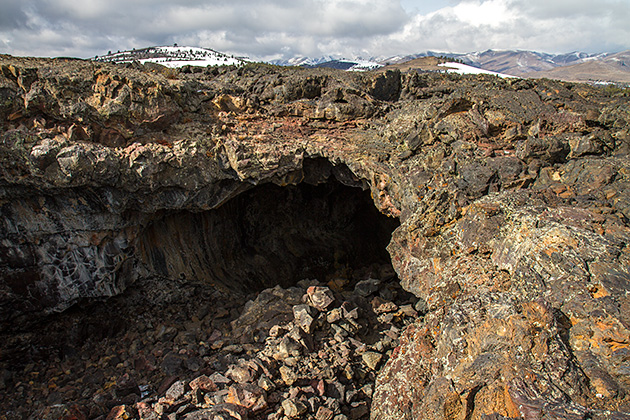
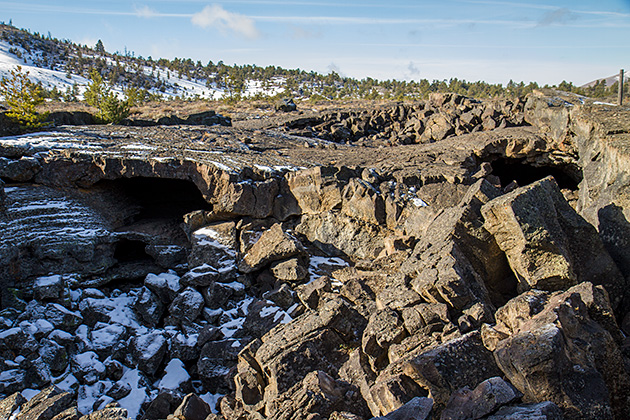

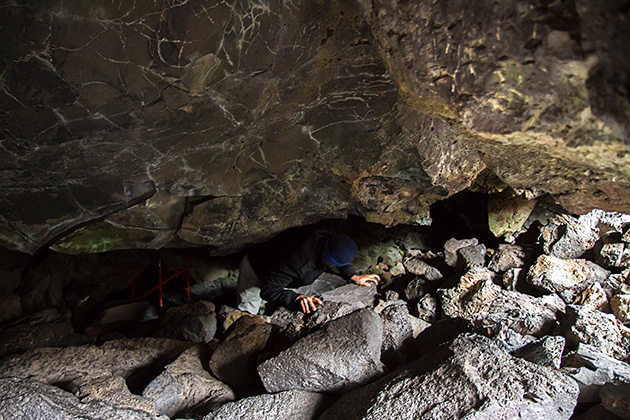
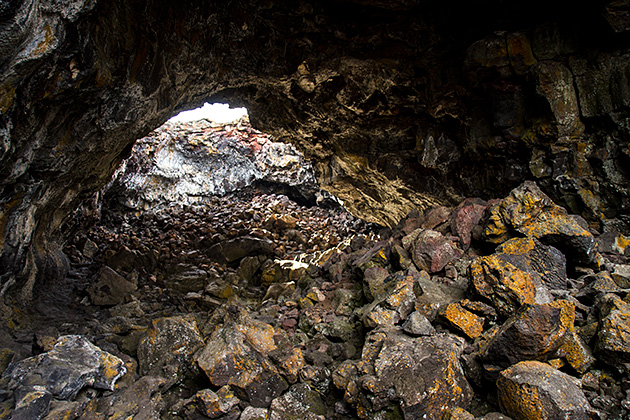

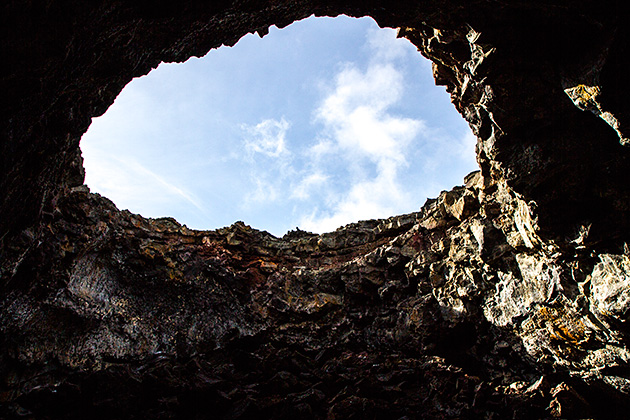
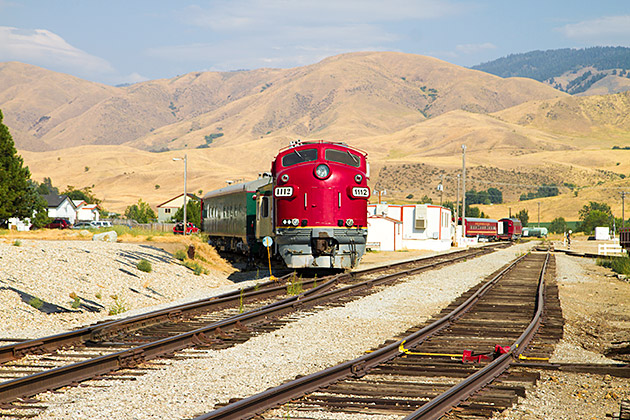
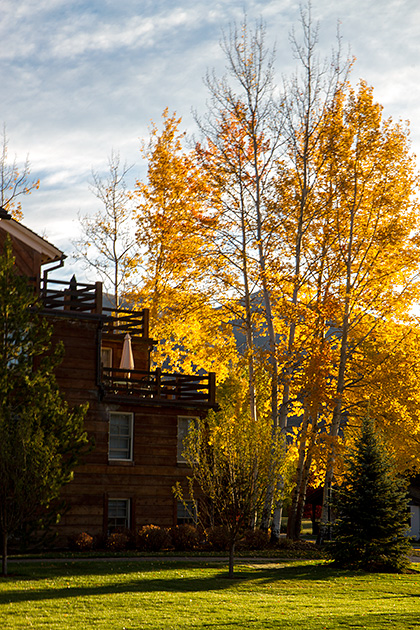
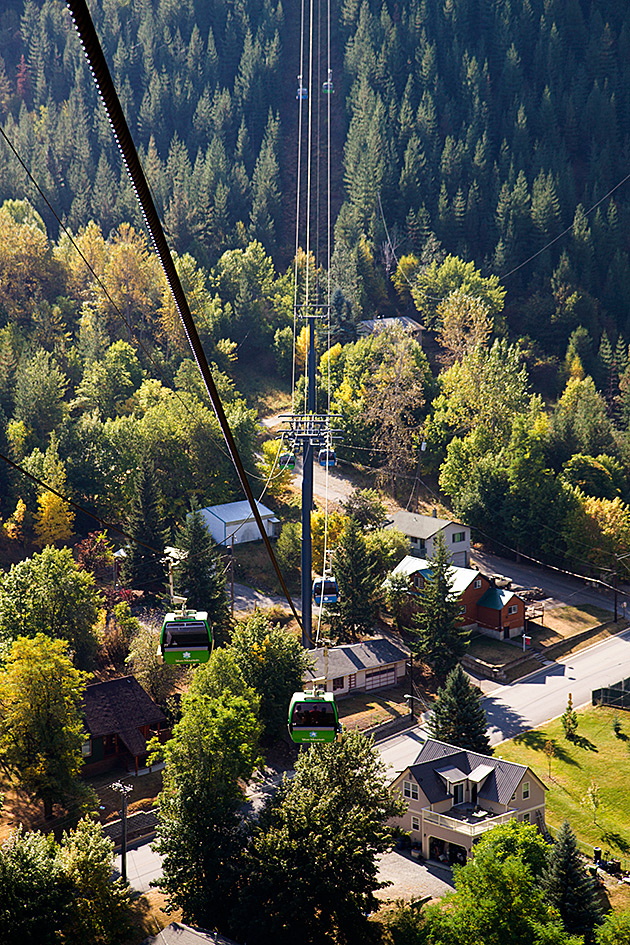
Pingback: Arco and Atomic City | For 91 Days in Idaho – Travel Blog